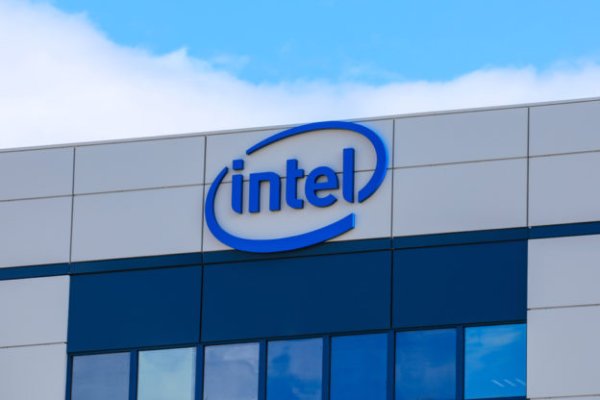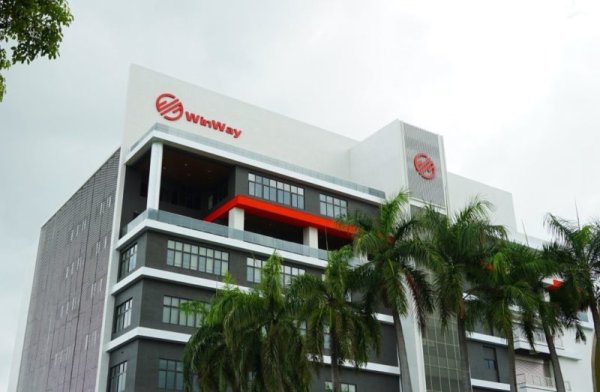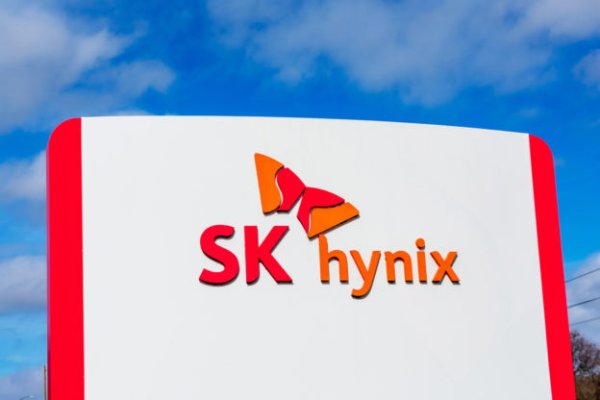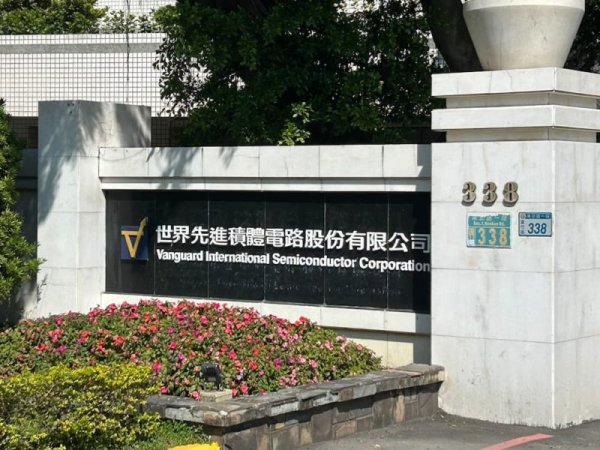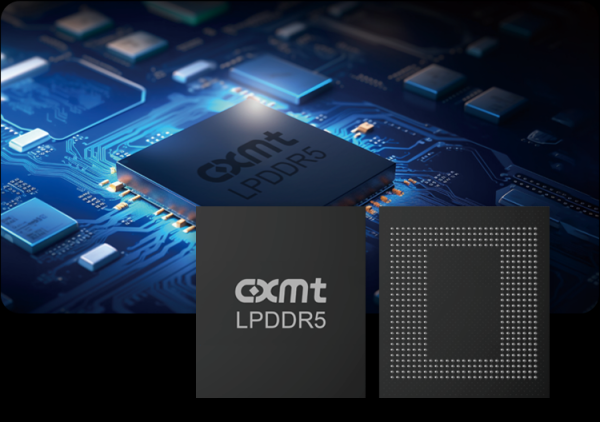Apacer Technology s CoreVolt 2 helps SSD operate stably, acting as the best patron saint of the global industry

SSD has the characteristics of high-speed reading and writing, low latency and low power consumption. In recent years, it has been widely adopted by industrial computers and is widely deployed in many fields such as semiconductor factories, automated production lines, communication base stations, vehicle and rail transit equipment. It is expected that through faster access speeds and more stable data processing capabilities, it can ensure that application services can respond in real time and maintain uninterrupted equipment operation.
As the world's major SSD supplier, Apacer Technology, a leading global digital storage brand, has deep technical research and development capabilities and production capabilities. In the past few years, it has often received technical consultation from IPC companies, automotive systems, semiconductor equipment manufacturers, etc. That is, when equipment uses other brands of consumer SSDs, unexpected system damage often occurs. In addition to causing equipment shutdown, it also affects the process yield of the production line and subsequent maintenance costs.
After in-depth research by the Apacer Technology project team, they found that the key lies in the instability of the system power supply voltage, which affects the normal operation of the SSD. In order to solve the difficult pain points that customers often encounter, the company decided to invest in the research and development of CoreVolt 2 (real-time voltage detection and protection technology) SSD technology.
Xu Baifeng, project manager of Apacer Technology Product Center, pointed out that we have an in-depth look at the two major challenges behind the use of SSDs in the industry. The first is that the operating voltage of SSD is 5V (2.5 inches) or 3.3V (M.2), and the allowable voltage error range is plus or minus 5%. Once the system power supply voltage exceeds this range, it may cause the SSD to fail instantaneously, and even cause data loss or system damage. Secondly, such small voltage changes usually occur in practical application fields. When multiple devices are loaded at the same time, it is likely to cause overall power supply instability, ultimately affecting the operational stability of the SSD. Under this situation, even if the equipment supplier takes the equipment back to the laboratory for testing, it is almost impossible to find out the cause of the failure.
Currently, many IPC manufacturers have adopted SSDs with built-in Apacer CoreVolt 2 (real-time voltage detection and protection technology) technology, and they have been widely deployed in many industries such as semiconductors. In addition to improving the reliability of production line operations, it can also reduce subsequent maintenance costs. It can be called the best guardian of Taiwan's industrial security.

▲ Xu Baifeng, Project Manager of Apacer Technology Product Center
Real-time voltage detection and protection, CoreVolt 2 technology is unique in the worldIn view of natural disasters such as heavy rains and earthquakes, global industries are moving towards smart manufacturing, so UPS systems will be installed in front of important equipment to ensure the stability of the overall power supply and maintain the stable operation of the equipment. In addition, many brands on the market have launched SSD power-off protection technology, claiming to be able to protect the data in the SSD in the event of abnormal disconnection.
However, neither UPS nor SSD using power outage protection technology can completely solve the equipment shutdown problem mentioned above. First of all, the main purpose of UPS is to ensure the continuous operation of equipment by providing emergency backup power when the mains power supply fails or is unstable. However, it cannot detect voltage changes below 1V, and it is naturally impossible to detect the power supply status of SSDs. As for SSDs that use power-off protection technology, Cache data can be written to the SSD when a huge change in voltage is detected. However, eventually unstable voltage may still cause the SSD to fail and affect the equipment shutdown.
Xu Baifeng said that once the semiconductor equipment room is shut down, it means that the online wafers must be scrapped, and the losses will be considerable. In addition, if communication base stations deployed in mountainous or remote areas fail, telecom operators or equipment suppliers need to send personnel to restart them, which is not only very time-consuming and labor-intensive, but also affects the overall local service quality. CoreVolt 2 (real-time voltage detection and protection technology) technology has real-time voltage detection and protection functions, which can effectively deal with various voltage instability situations. Once the system detects an abnormal voltage, it will automatically activate the CoreVolt 2 (real-time voltage detection and protection technology) SSD backup power mechanism to quickly stabilize the SSD's operating voltage, thereby ensuring the continuous normal operation of the device.
 CoreVolt 2 overcomes area and material limitations and highlights the technical capabilities of Apacer Technology
CoreVolt 2 overcomes area and material limitations and highlights the technical capabilities of Apacer Technology
Apacer Technology's CoreVolt 2 (real-time voltage detection and protection technology) technology is an integrated real-time voltage detection system composed of software, hardware, and firmware that continuously monitors the input voltage status of the SSD. This technology uses a detection IC that can instantly identify any form of voltage instability. Once the detected voltage changes exceed the acceptable range, the system will synchronously trigger the backup power mechanism according to the relevant parameters preset in the firmware.
Xu Baifeng pointed out that CoreVolt 2 (real-time voltage detection and protection technology) technology completes the detection and response process within milliseconds. Once a voltage fluctuation is detected, the SSD's built-in backup power supply will be activated immediately to effectively compensate for voltage changes, allowing the SSD to still operate normally during voltage fluctuations, ensuring the sustainable and stable operation of IPC computers. The backup power is not released all at once. CoreVolt 2 (real-time voltage detection and protection technology) will be released in equal measure according to the voltage drop, and will be charged simultaneously when the voltage returns to stability, so it has the ability to continuously respond to multiple voltage instability.
In addition, Apacer Technology has also launched a set of CoreVolt 2 (real-time voltage detection and protection technology) management tool, which allows users to understand the number of SSD voltage abnormalities in the past 7 days, which can be used as a reference for improving equipment power supply design in the future.. If equipment manufacturers need to collect power supply conditions for a longer period of time, Apacer Technology can also provide follow-up technical support services to meet the actual needs of users in different industries.
Although the operating principle of Apacer Technology's CoreVolt 2 (real-time voltage detection and protection technology) technology is easy to understand, adding voltage detection IC, protection IC, controller, NAND FLASH and multiple sets of backup capacitors to an extremely small SSD is a great test for the technical team. Without rich industry knowledge, Apacer practical experience accumulation and technical capabilities, it is simply impossible to complete, which also proves Apacer Technology's industrial control SSD in the global market. leadership position.
Technical page: click here Contact us: click here




